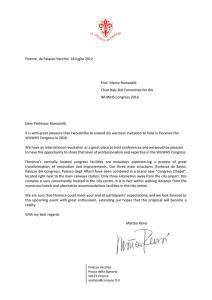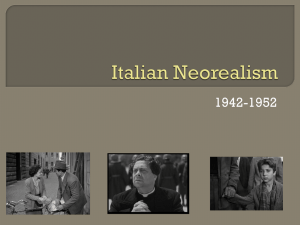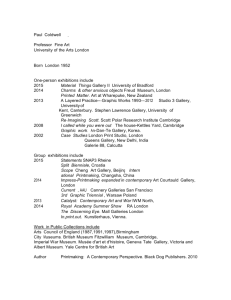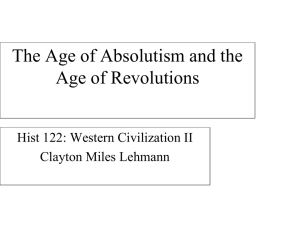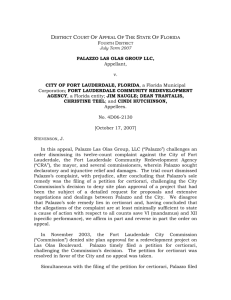Museums and Galleries in Rome (just a selection)
advertisement
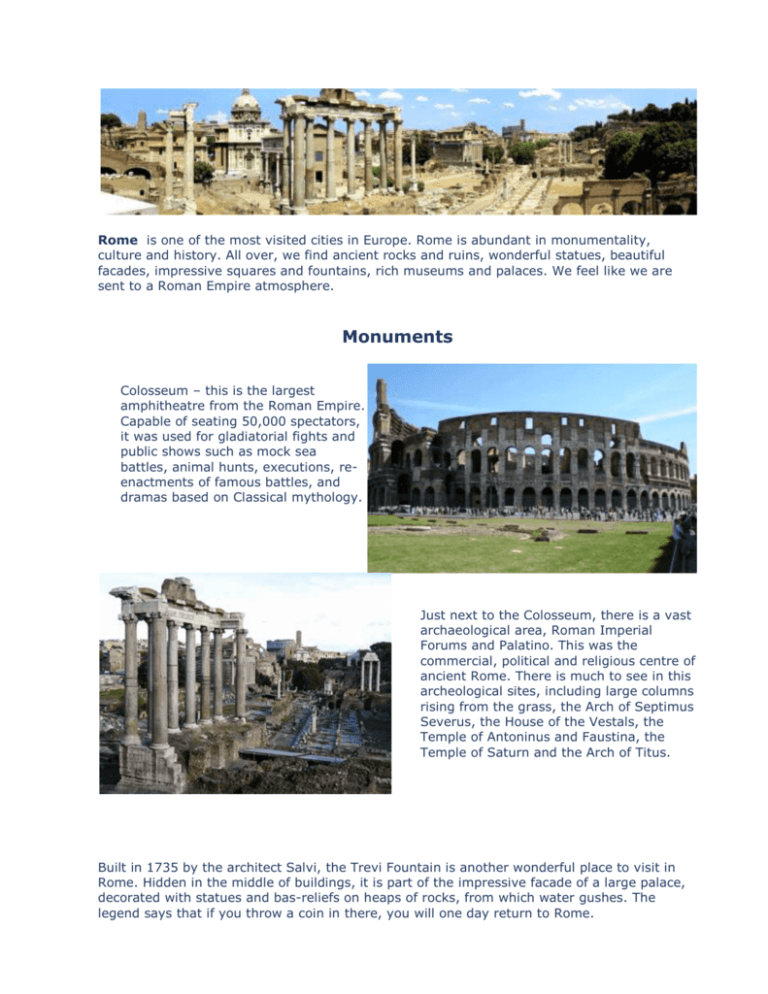
Rome is one of the most visited cities in Europe. Rome is abundant in monumentality, culture and history. All over, we find ancient rocks and ruins, wonderful statues, beautiful facades, impressive squares and fountains, rich museums and palaces. We feel like we are sent to a Roman Empire atmosphere. Monuments Colosseum – this is the largest amphitheatre from the Roman Empire. Capable of seating 50,000 spectators, it was used for gladiatorial fights and public shows such as mock sea battles, animal hunts, executions, reenactments of famous battles, and dramas based on Classical mythology. Just next to the Colosseum, there is a vast archaeological area, Roman Imperial Forums and Palatino. This was the commercial, political and religious centre of ancient Rome. There is much to see in this archeological sites, including large columns rising from the grass, the Arch of Septimus Severus, the House of the Vestals, the Temple of Antoninus and Faustina, the Temple of Saturn and the Arch of Titus. Built in 1735 by the architect Salvi, the Trevi Fountain is another wonderful place to visit in Rome. Hidden in the middle of buildings, it is part of the impressive facade of a large palace, decorated with statues and bas-reliefs on heaps of rocks, from which water gushes. The legend says that if you throw a coin in there, you will one day return to Rome. If you go to Rome, you have the opportunity to see the Pope during the Sunday Mass, outside the Basilica of Saint Peter. You can also climb the spiral staircase at Vaticano to the dome and appreciate from there the panoramic view of the city and the beauty of the Vatican Gardens. The Vatican Museums are definitively one of the most visited places by tourists, mostly due to the magnificence of the wall paintings of the Sistine Chapel. This Chapel was built between 1475 and 1483, in the time of Pope Sixtus IV della Rovere and has paintings performed by Pietro Perugino, Sandro Botticelli, Domenico Ghirlandaio, and mostly Michelangelo Buonarroti. Pantheon – this is the best preserved monument of Imperial Rome. In the 2nd century the Pantheon was completely rebuilt by the Emperor Hadrian and became a church during the Middle Ages. The dome used to be gilded and it is thought that this gold was pilfered to fund the baldachin over the altar in St. Peter's church. Museums and Galleries in Rome (just a selection) Capitoline Museums - collections based on those assembled by Pope Sixtus IV, one of the earliest great art collectors in the 15th century. The buildings' facades were designed by Michelangelo and the exhibits include some of the most celebrated sculptures of the ancient world for example the equestrian statue of Marcus Aurelius once placed in the centre of the piazza, the Dying Gaul, the Boy with a Thorn, and the Capitoline Wolf. These museums include Palazzo dei Conservatori (Conservatories Palace), the Pinacoteca Capitolina, Museo Nuovo and Palazzo Nuovo. For more information http://en.museicapitolini.org/informazioni_pratiche/biglietti_e_prenotazioni Palazzo Venezia - Built for Venetian Cardinal Pietro Balbo, who later became Pope Paul II, the Palazzo Venezia now houses an eclectic collection of decorative objects, paintings, sculptures, a collection of Odescalchi weapons and some important and valuable gold objects. For more information http://www.ticketeria.it/palazzovenezia-eng.asp Galleria Doria Pamphili – this is the oldest residence in the area, and is home to a collection of paintings, sculptures and pictures of the Doria Pamphil family. For more information http://www.dopart.it/roma/en/ Borghese Museum and Gallery – this building was built in 1613 and it was originally a venue for summer parties and also a home for Cardinal Scipione Borghese's extensive collection of paintings and statues. For more information http://www.galleriaborghese.it/info-en.htm Other galleries: Centrale Montemartini, Colonna Gallery, Doria Pamphilj Gallery, Exhibition Palace for Modern and Contemporary Art, Gallery of the National Academy of San Luca, Municipal Gallery of Modern Art, National Gallery of Modern and Contemporary Art, National Gallery of Palazzo Corsini, Spada Gallery. Other museums: Barracco Museum, , Museo del Corso, Museum of Rome, National Gallery of Ancient Art, National Museum of Castel Sant´Angelo, Roman National Museum, Vatican Museums, Villa Giulia National Etruscan Museum. Historical monuments in Rome (just a selection) Castel Sant´Angelo – built in 135AD has wonderful views from the terraces. For more information http://www.castelsantangelo.com/ Palazzo Farnese – one of the most beautiful Renaissance palaces in the city of Rome and also the French Embassy, Michelangelo was heavily involved with its construction 500 years ago. Visits are by written request only Other monuments: Trajan´s Column, Trajan´s Market, the Catacombs, the Circus Maximus, the Baths of Caracalla, the Mausoleum of Augustus, the Ara Pacis, the Arch of Constantine, the Pyramid of Cestius, the Bocca della Verità, Santa Maria Maggiore, San Paolo Fuori le Mura, churches of Santa Maria in Trastevere, Santi Quattro Coronati, and Santa Prassede, San Clemente, Palazzo del Quirinale, Palazzo Venezia, Palazzo Barberini, Palazzo Spada, Palazzo della Cancelleria.


